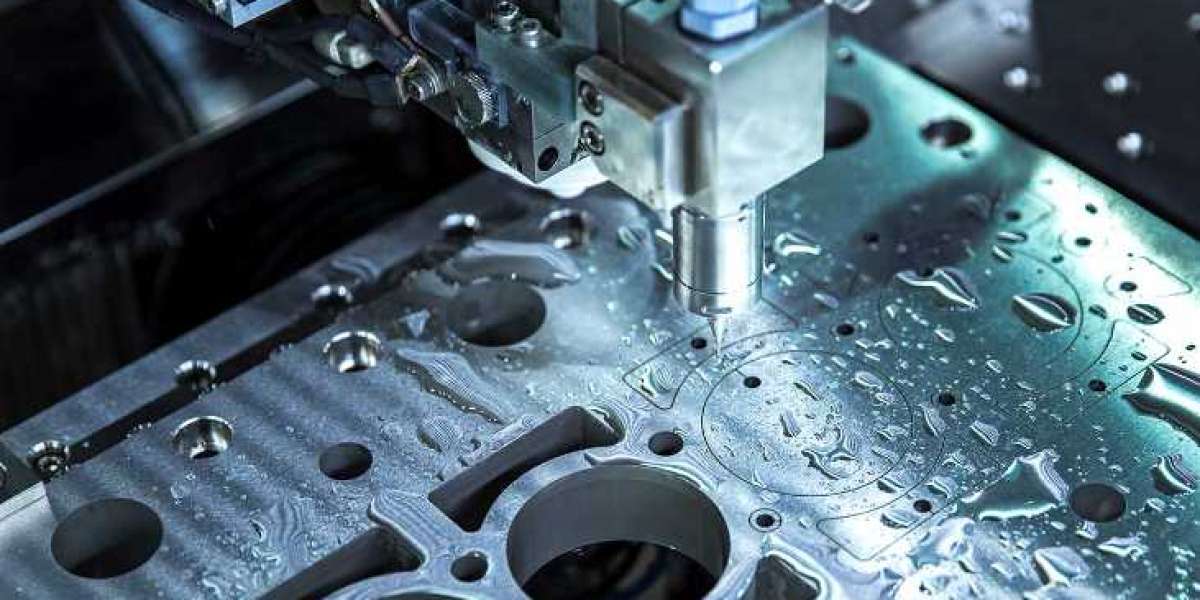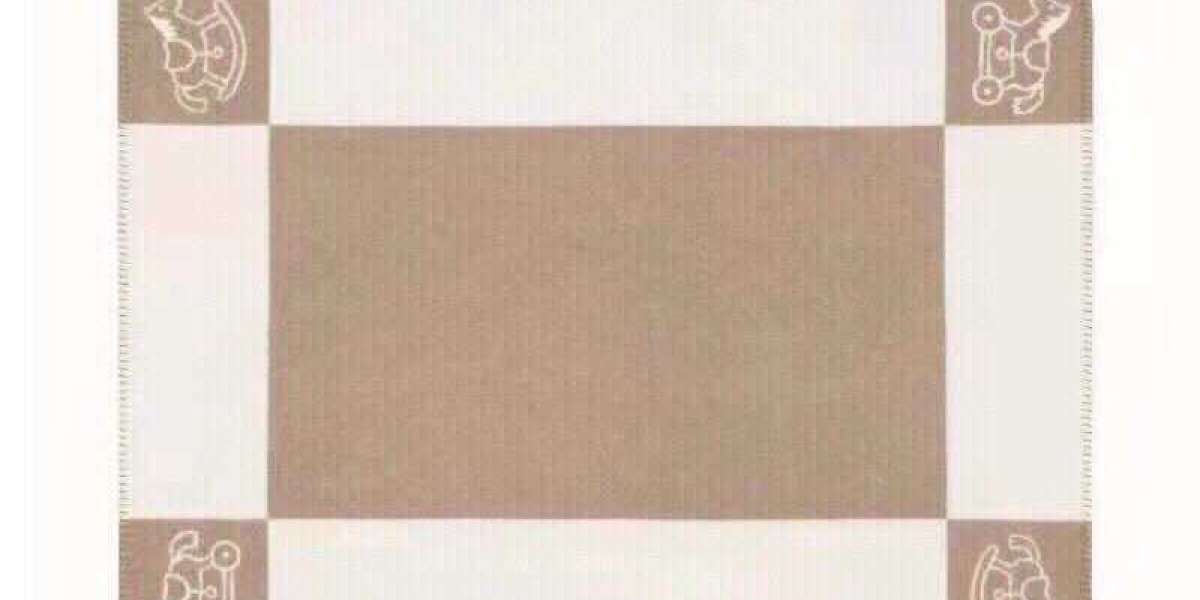The production of machinery makes extensive use of computer numerical control (CNC) machining technology, which is essentially an automated version of the more conventional machining process. A great number of specialized terms are used in the processes that are involved in CNC machining. Acquiring a complete and in-depth understanding of the meanings of these terms is the first step toward realizing one's goal of becoming an expert in CNC machining. This section will begin with a brief overview of the categorization of various professional terms utilized in CNC machining. After that, it will concentrate on explaining the differences between G-codes and M-codes, in addition to the norms for their usage, to assist readers in rapidly gaining an understanding of the professional knowledge associated with CNC machining.
In the context of computer numerically controlled (CNC) machining, what are the specific differences between G-codes and M-codes, as well as the functions that each one serves? G-codes and M-codes in CNC machining programs perform separate but complementary functions, including the following: G-codes are employed for the primary purpose of controlling the motion of the machine tool and establishing the movement of each axis. This is accomplished by establishing the movement of each Zinc Die Casting Services. The following are some examples of typical G-codes:G00: Positioning in a rush to get there.
Using a linear function for interpolationG01
The circular or helical interpolation that is performed in the clockwise direction is denoted by the letter G02.
interpolation carried out in a cyclical or helically shaped pattern while utilizing the anticlockwise direction inG03 On CNC machines, the utilization of a variety of G-codes enables the control of a wide variety of motions
These motions include linear, arc, and others
The primary objective of M-codes is to enable the user to exert control over the machine tool's auxiliary functions and mode of operation
The following is a list of typical M-codes: Spindle rotation in the clockwise direction is denoted by the M03 code
By pressing M05, you will put a stop to the spindle's rotation.
M08: Connect the power supply to the servos and turn them on. M30: Exit the program and return to the point from which you started.
M-codes can be used to change the modes in which the machine tool operates, as well as control auxiliary devices such as the spindle, coolant, and fixture. In addition, M-codes can be used to change the modes in which the machine tool operates. While M-codes are what are used to control functions, G-codes are what are responsible for determining motion. The machining process of the machine tool can be precisely controlled by CNC programs by utilizing a combination of G-codes and M-codes. This allows for greater accuracy in the machining process. M-codes can be used independently to directly control functions, whereas G-codes need to be combined with coordinate values before they can be used to determine the motion path. M-codes can be used independently to directly control functions. Exemplifications of the Precise Forms That G-codes and M-codes Can TakeProcessing using linear interpolation machiningThe command G00 X50 Y20 indicates a rapid positioning to X50 and Y20 in the coordinate system.
The command G01 X100 Y50 F500 indicates that linear interpolation should be performed to X100 and 50 with a feed rate of 500 mm/min.
Spindle rotation in the counterclockwise direction at 800 revolutions per minute is indicated by the code M03 S800.
Interpolation in a circular fashion carried out in a counterclockwise direction up to the endpoint, with a center offset of I5 and J0:G02 X45 Y35
The notation G01 X50 Y30 is used to indicate linear interpolation to the next position.
The M30 command means to terminate the program and go back to the point from which it began. The method of machining involving the use of helical interpolationAccelerated movement toward the core of the helix: The codes are: G00 X50 Y50 M03 S1000
(Spindle rotation in the counterclockwise direction at 1000 revolutions per minute) (Helical interpolation, Z-axis move of -20mm) The command G02 X80 Y50 Z-20 I0 J0 M05 will stop the spindle from rotating.
I'm curious about the order in which G-codes and M-codes need to be used in CNC machining; are there any specific requirements that need to be met? Utilizing G-codes and M-codes in the appropriate order enables the CNC program to be executed in a manner that is not only easier to comprehend but also free of errors. If you have a solid understanding of these fundamental sequence requirements, it will be much simpler for you to compose CNC machining programs that are accurate and efficient. There are a few fundamental requirements that need to be satisfied before G-codes and M-codes can be used sequentially in CNC machining programs. These requirements are as follows: Because G-codes are responsible for controlling the machine's motions, they are almost always executed before M-codes. On the other hand, M-codes are used to transmit auxiliary commands. As a result, the typical order is as follows: first, motion commands are issued, and then auxiliary actions are triggered. Zinc Die Casting Services is necessary to place the initial position codes G00 or G28 at the beginning of the sequence to correctly define the beginning of the sequence. Either the ending code M02 or the ending code M30 ought to be utilized to complete the program.
Entering the tool change code Txx is a necessary step before beginning the machining process. Because of this, one can choose the most suitable instrument. Entering the spindle speed code Sxxxx next to the tool selection code Txx is what needs to be done to get the desired rotational speed. After the tool selection and spindle speed codes, the working mode codes G00/G01 should be entered to enter a specific machining process. This step is necessary to do so. It is considered good practice to refrain from inserting any further commands after the ending codes. Every single command for finished machining needs to begin with a G-code, and then the coordinate values, etc., need to come after that. M-codes are almost always inserted in one of two places: either between two machining motions or directly before the code that ends the operation. They play a role in the activation of actions. It is possible to preserve the effect of repeatedly issuing G-code commands without having to rewrite those instructions.








